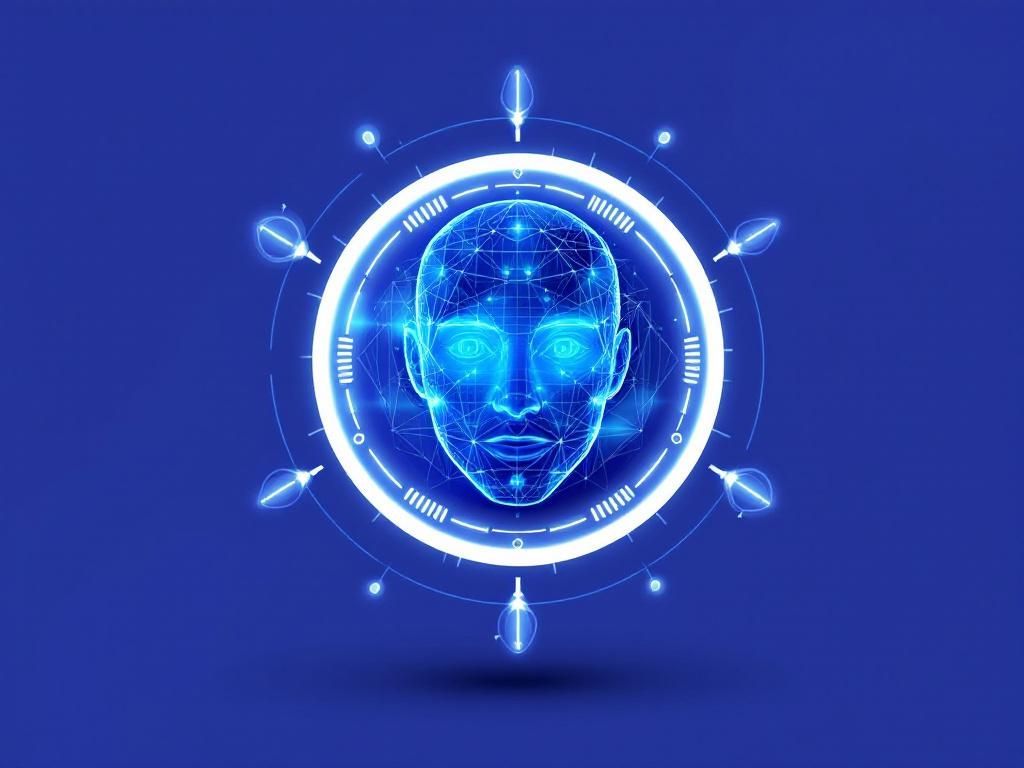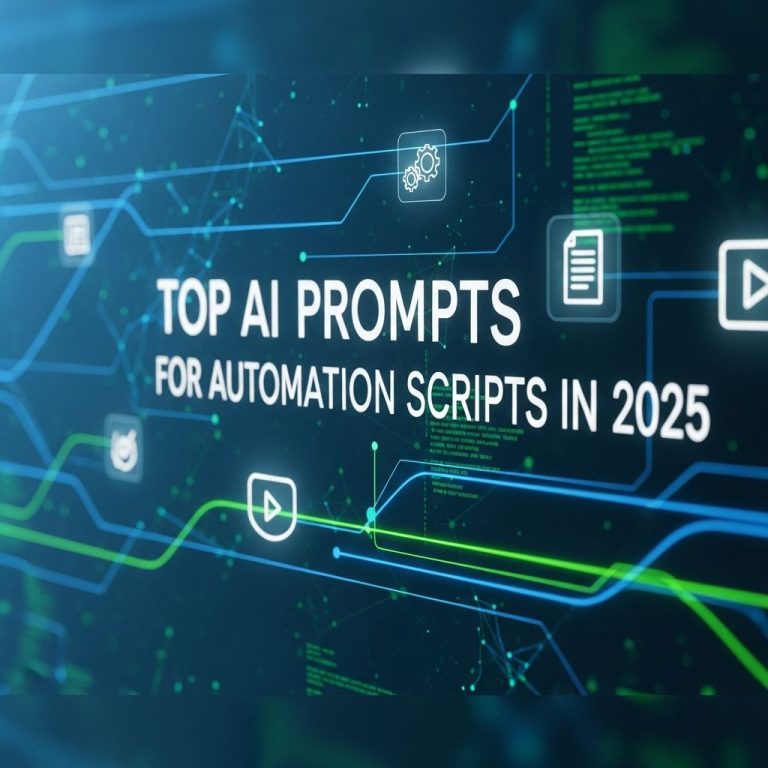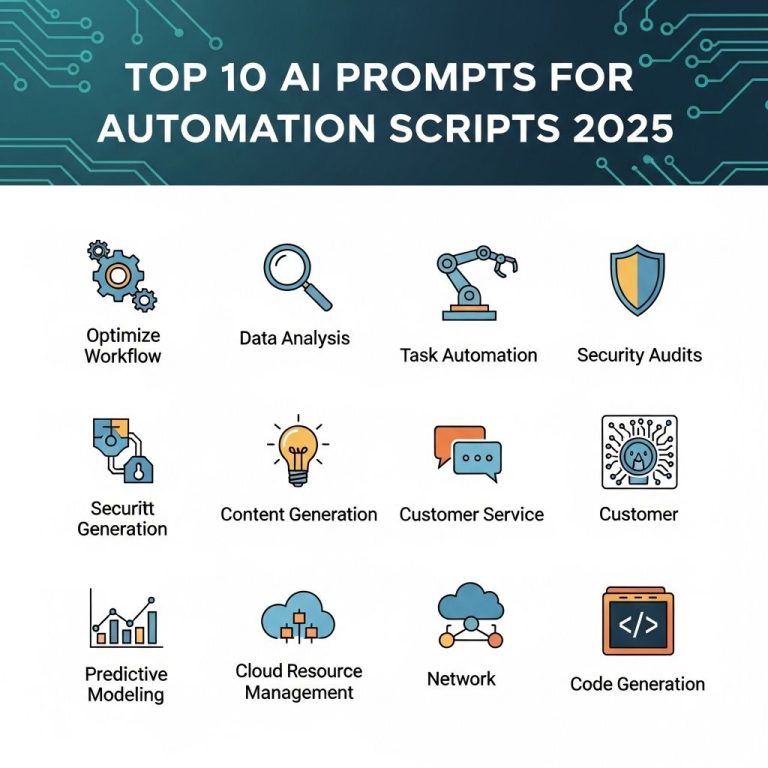The rapid development of technology has brought facial recognition to the forefront of various industries, changing the way we authenticate, identify, and interact with digital environments. By 2025, we are likely to see significant advancements in facial recognition solutions, driven by innovations in artificial intelligence, machine learning, and privacy regulations. This article delves into the top facial recognition solutions that are expected to dominate the market in 2025, highlighting their features, applications, and implications.
Understanding Facial Recognition Technology
Facial recognition technology utilizes biometric software to identify individuals by analyzing their facial features. The technology captures a digital image of a person’s face, extracts distinguishing features, and compares them against a database of known faces.
How Facial Recognition Works
- Image Capture: The system utilizes cameras to capture images of individuals.
- Feature Extraction: Algorithms analyze the image to identify key facial features, such as the distance between the eyes, nose shape, and jawline.
- Comparison: Extracted features are matched against a database of known images.
- Identification: A match results in identification, while a lack of match may indicate an unknown individual.
Key Players in Facial Recognition Solutions
As the demand for facial recognition technology grows, several companies have emerged as leaders in the field. Here are some of the most notable solutions expected to make significant impacts in 2025:
1. Microsoft Azure Face API
The Azure Face API is part of Microsoft’s cloud computing platform, offering advanced facial recognition capabilities.
Features:
- Face detection and identification
- Emotion recognition
- Support for large-scale applications
- Integration with other Azure services
2. Amazon Rekognition
Amazon Rekognition allows developers to add image and video analysis to applications, making it a popular choice for businesses.
Features:
- Real-time facial analysis
- ID verification
- Object and scene detection
- Integration with AWS services
3. Face++
This AI-powered facial recognition solution is widely used in various industries, particularly in China.
Features:
- Comprehensive SDK for developers
- Robust face search capabilities
- Emotion analysis
- High efficiency and accuracy
Applications Across Industries
Facial recognition technology is finding applications across a multitude of sectors. Here are some areas where these solutions are thriving:
1. Security and Surveillance
Facial recognition is increasingly being used in security systems and surveillance cameras to enhance public safety.
2. Retail and Marketing
Retailers use facial recognition to analyze customer demographics and enhance personalized marketing efforts.
3. Healthcare
In healthcare, facial recognition helps streamline patient identification and access control, improving operational efficiency.
4. Banking and Finance
Financial institutions utilize facial recognition for secure customer authentication during transactions.
Ethical Considerations and Privacy Concerns
While the benefits of facial recognition technology are substantial, ethical considerations and privacy concerns must be addressed. Some key points include:
1. Data Privacy
Facial recognition systems must adhere to strict data protection regulations to safeguard user privacy.
2. Bias in Algorithms
Ensuring fairness and accuracy across diverse demographic groups is crucial to prevent bias in facial recognition systems.
3. Surveillance Overreach
Governments and organizations must balance the use of facial recognition for security with citizens’ right to privacy.
The Future of Facial Recognition Technology
The future of facial recognition technology is promising, with several trends expected to shape its evolution:
1. Enhanced Accuracy with AI
Advancements in AI and machine learning will lead to improved accuracy and faster processing times in facial recognition systems.
2. Integration with Other Technologies
Facial recognition is expected to integrate seamlessly with IoT devices, making it a cornerstone of smart environments.
3. Stricter Regulations
Governments worldwide are likely to implement stricter regulations governing the use of facial recognition technology to protect citizens’ privacy.
Conclusion
Facial recognition technology is set to revolutionize how businesses operate and how individuals interact with the digital landscape. As we look forward to 2025, the key players in the market will continue to refine their offerings, driven by technological innovations and the need for ethical considerations. By understanding these solutions and their implications, stakeholders can navigate the future of facial recognition with greater awareness and responsibility.
FAQ
What are the top facial recognition solutions available in 2025?
In 2025, leading facial recognition solutions include advanced AI-driven platforms like Clearview AI, FaceFirst, and Amazon Rekognition, known for their accuracy and scalability.
How do facial recognition technologies work?
Facial recognition technologies analyze facial features using algorithms to create a unique biometric template, which is then compared against a database for identification.
What industries are adopting facial recognition solutions in 2025?
Industries such as security, retail, healthcare, and law enforcement are increasingly adopting facial recognition solutions for enhanced security, customer engagement, and efficiency.
Are there privacy concerns associated with facial recognition technology?
Yes, privacy concerns include unauthorized surveillance and data misuse, prompting calls for regulations and ethical guidelines in the use of facial recognition technologies.
How can businesses benefit from using facial recognition solutions?
Businesses can benefit from facial recognition solutions through improved customer experience, enhanced security measures, and streamlined operations in various settings.




